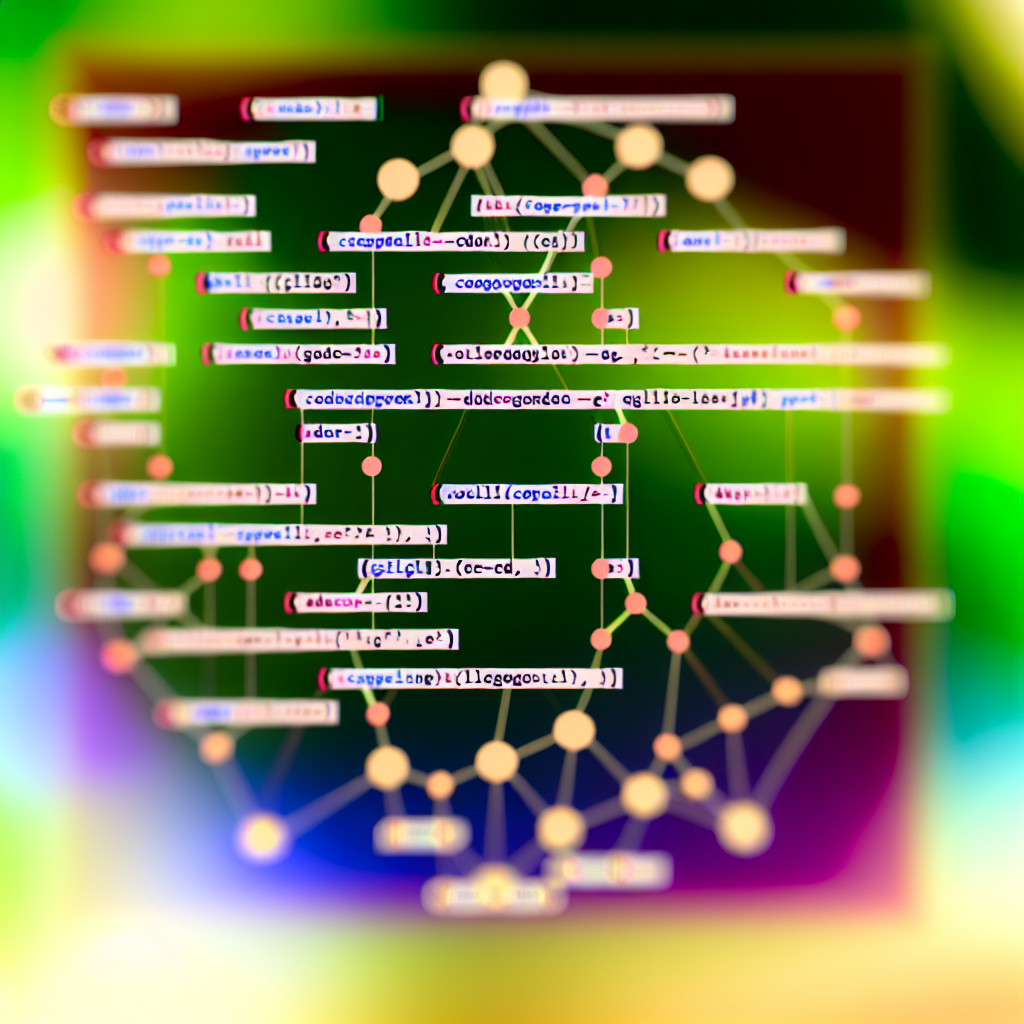Introduction to Point Cloud Classification with Keras
Point cloud classification is a vital process in 3D data analysis, enabling the identification and categorization of objects within large point datasets. Leveraging deep learning frameworks like Keras simplifies this complex task by providing flexible tools for modeling. In this article, we’ll explore practical Keras code examples and techniques for effective point cloud classification.
Implementing Point Cloud Classification Using Keras
To develop an efficient point cloud classification model with Keras, the first step involves preparing the data. Point clouds are often represented as N x 3 matrices (X, Y, Z coordinates), but for deep learning, they require normalization, augmentation, and sometimes voxelization to enhance model performance. Once data is preprocessed, the next step is designing an appropriate neural network architecture.
Convolutional Neural Networks (CNNs) are often adapted for point cloud data through specialized layers like 1D convolutions or point-wise operations. Another popular approach is using architectures such as PointNet, which learns directly from raw point clouds, preserving permutation invariance and spatial features. Here is a simplified example of a Keras model implementing basic point cloud classification using dense layers:
- Input layer: accepting normalized point cloud data.
- Hidden layers: with dropout and batch normalization for improved training stability.
- Output layer: with softmax activation for multi-class classification.
Sample Keras code snippet for such a model looks like this:
from tensorflow.keras.models import Sequential
from tensorflow.keras.layers import Dense, Dropout, BatchNormalization
model = Sequential([
Dense(64, input_shape=(1024, 3), activation='relu'),
BatchNormalization(),
Dropout(0.3),
Dense(128, activation='relu'),
BatchNormalization(),
Dropout(0.3),
Dense(256, activation='relu'),
BatchNormalization(),
Dropout(0.3),
Dense(num_classes, activation='softmax')
])
model.compile(optimizer='adam', loss='categorical_crossentropy', metrics=['accuracy'])
This example demonstrates how to structure a Keras model tailored for point cloud classification tasks, highlighting the importance of normalization and regularization techniques.
Fine-tuning and Practical Tips for Better Performance
Beyond model architecture, effective training involves hyperparameter tuning, data augmentation, and custom loss functions to improve accuracy. For point clouds, data augmentation techniques—such as random rotations, jittering, or scaling—help the model generalize better. Implementing early stopping and learning rate schedulers during training can also prevent overfitting and accelerate convergence.
Additionally, adopting more advanced architectures like PointNet or PointNet++ can significantly increase classification performance. These models utilize shared MLPs and neighborhood feature aggregation, which require specialized Keras implementations or custom layers. Existing open-source repositories provide practical code snippets for these models, making it easier to experiment and optimize for real-world applications.
Conclusion
Point cloud classification is a critical component in 3D data analysis, and Keras offers a flexible framework for building and testing these models. From simple dense architectures to sophisticated point-specific networks, understanding how to preprocess data, choose the right architecture, and fine-tune hyperparameters is essential. Equipped with these code examples and tips, you’ll be better prepared to implement effective point cloud classifiers for your projects.
